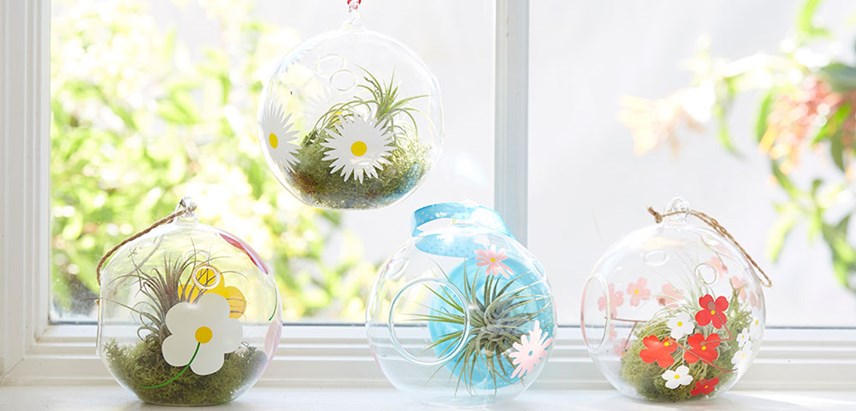
Exploring the Future of Gardening Post-COVID-19
For the past 20 years, Garden Media Group has looked into the crystal ball for future trends. And this year is no different. The 2021 Garden Trends Report, “The Great Reset,” offers a peek into what will be trending in horticulture in 2021 and beyond.
How the world will change post-COVID-19 remains to be seen. But Katie Dubow, president of the trendspotting firm, says one thing is for sure: We are in the middle of A Great Reset.
“I have seen a lot of positive responses from independent garden centers during the shutdown, and they all have one common thread: Control-Alt-Delete,” says Dubow. “This Great Reset is the biggest opportunity our industry has been given to reboot, recharge, and rebuild. What are you going to do with it?”
Here are the six trends that will shape the future, according to Garden Media Group.
1. Improv Era
The world watched as stores, including garden centers, shifted their supply chain from in-store to delivery and curbside pickup. To continue to succeed, these pivots need to happen more frequently and efficiently.
“Don’t keep to the status quo by repeating what you’ve been doing,” says Dubow.
The garden center customer has been trained, perhaps by fire, to shop differently. They don’t need as many choices. Dubow says always opt for quality over quantity.
Shoppers are also getting accustomed to new technologies such as electronic payments and touchless transactions.
Additionally, consumers want experiences, and they want them outdoors. “Take a look at what your business practices have been and continue to pivot repeatedly each season,” she says.
2. Broadacre Cities
Inspired by a 100-year-old idea of famed architect Frank Lloyd Wright, Broadacre Cities are super grids of family plots on one or more acres of land. These little homesteads were designed to help the community thrive.
But today, the coronavirus is challenging the assumption that Americans must stay physically tethered to high-cost, small-space cities to access the best work opportunities. In fact, many newly remote workers prefer somewhere closer to family or fresh air.
“If enough remote workers vote with their feet, Broadacre-type communities such as Usonia, New York or Civano, Arizona — with emphasis on community — will be more important. And it will positively impact the value garden centers have in that community.”
And with more people staying home, there will be an even greater appreciation for indoor plants. “Position plants that survive and thrive in low-light spaces as the new home-office plant. These plants will help drive and meet further demand for houseplants,” Dubow said.
3. Backyard Aficionado
According to a new survey, the industry picked up 16 million new gardeners during COVID-19, many under 35 years old. The survey also stated that the 35- to 44-year age bracket had the highest mean spending, $608, of all the age groups in 2019. Many in this group are raising a family, own a home, and have an established career.
However, Dubow says that these new customers will not stay unless the industry can find a way to entice them.
Garden centers should consider catering to the three things that interest this Backyard Aficionado the most: growing food, backyard activities and wellness.
“With the surge of at-home cooking and the fear of food scarcity, many Americans have discovered the joy of homegrown food for the first time,” Dubow says.
Second, the Backyard Aficionado is interested in reducing their lawn. According to a recent National Garden Bureau survey, 67% of respondents 35 and under shared that, while they want green grass, they also desire the rest of their yard to be planted with a wide variety of other plants.
Most importantly, the Backyard Aficionado is interested in reducing stress and increasing health and wellness. According to Dubow, simple ways to incorporate health and wellness from the comfort of home or nearby outdoor spaces have taken over as essential practices to maintain connections, release stress, and recuperate a sense of normalcy.
4. Tiny Gratification
The fourth trend, Tiny Gratification, explores how the Backyard Aficionado is getting into tiny plants, especially in edible gardening. And because these plants are small, they finish faster.
“To new gardeners, they’re still learning the ropes and as they do, provide them with tiny or fast-growing edibles,” Dubow says.
She suggested some tiny veggie varieties that are sure to be a hit with Backyard Aficionados: Micro Toms — the world’s smallest tomato plant — mini red or yellow bell peppers, dwarf yellow crookneck squash, Tom Thumb peas or Crunchkin pumpkins.
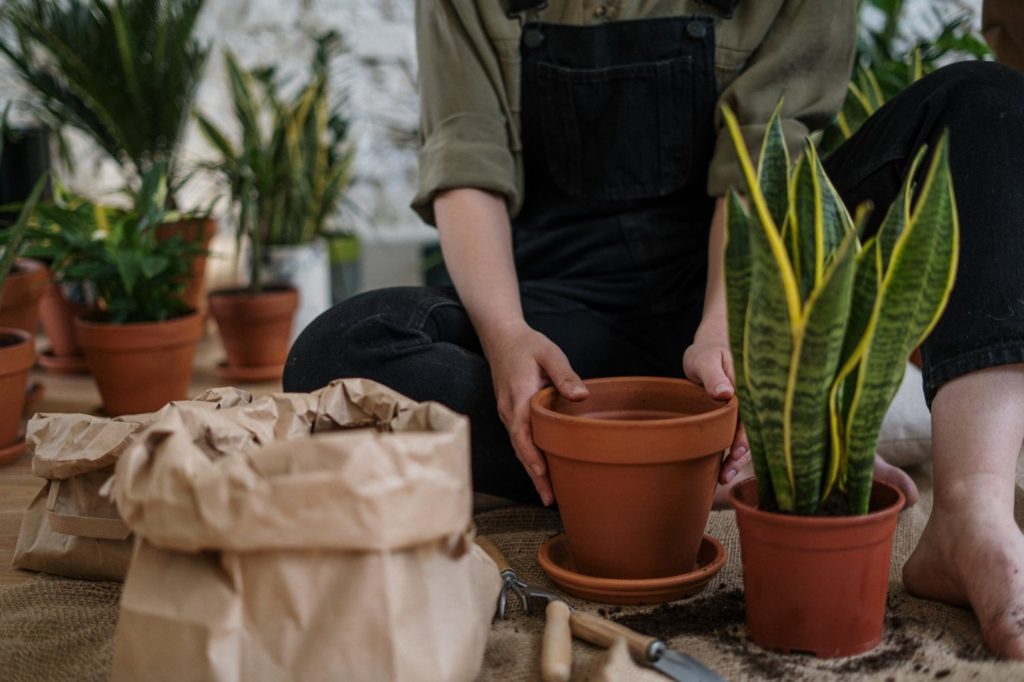 Houseplants are also jumping on the bandwagon. Stock plants such as baby’s tears, string of pearls, air plants, or African violets are ideal for a customer’s cubicle, apartment or tiny desk space.
Houseplants are also jumping on the bandwagon. Stock plants such as baby’s tears, string of pearls, air plants, or African violets are ideal for a customer’s cubicle, apartment or tiny desk space.
5. Design Abundance
The fifth trend spots a dynamic shift in the industry that will lead to greener societies and a return to nature.
“As cities shut down across the world, plants and animals began to reclaim human spaces. From coyotes on the streets of San Francisco to a resurgence of bees and rare wildflowers in the UK, we have the opportunity to rebuild better,” Dubow says.
A shift will happen away from mulch and plants simply for decoration to co-creating with nature. Gardens are more than a human space because they are also an ecologically functional space, she says. In addition to designing landscapes, people are returning to the comfort of their backyard. People have invested in ways to provide hands-on learning to keep their kids from getting bored and spaces for adults themselves to relax.
“But how do we keep them outside year after year? First, we design functional and beautiful landscapes. Shrink your lawn, and plant and care for your trees,” Dubow says.
6. Turn out the Lights
According to “Nature’s Best Hope,” the new book from Doug Tallamy, a conservation hardscape should be a priority for all. The number one way to achieve that is to turn out the lights.
“Did you know that lighting up the sky at night is one of the major causes of insect decline?” Dubow asks. “White light draws insects in all night long, exhausting them, making them easy prey for bats and birds.”
Garden centers can stock motion lights and LED bulbs in the pollinator department and educate customers about saving energy and insects.
“You can’t reverse insect decline by yourself, but if we each do our small part, we will enact change. Not only will we restore insect populations, but we will create the largest collective conservation effort in our history, and one that can — and must — succeed for our own good,” she says.
Garden Media Group ignites buzz for clients, offers innovative public relations campaigns, and secures top media placements and partnerships. The boutique PR and marketing firm’s annual Garden Trends Report is one of the most published garden studies in trade and consumer news. Visit www.gardenmediagroup.com for more information.




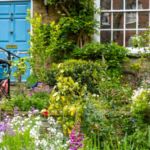


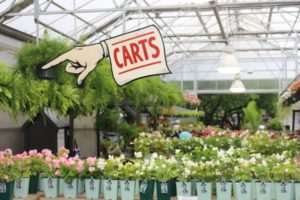
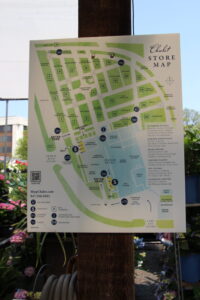
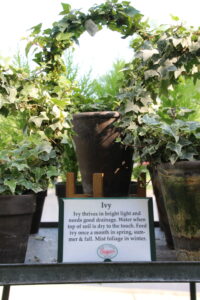
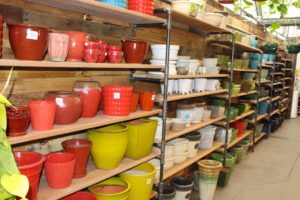
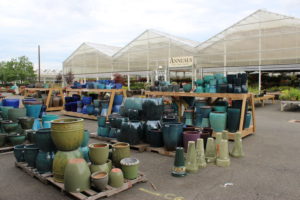
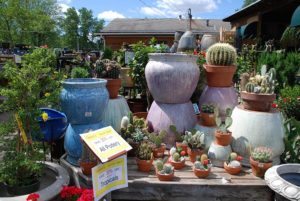




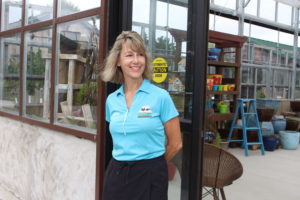

 Videos
Videos





